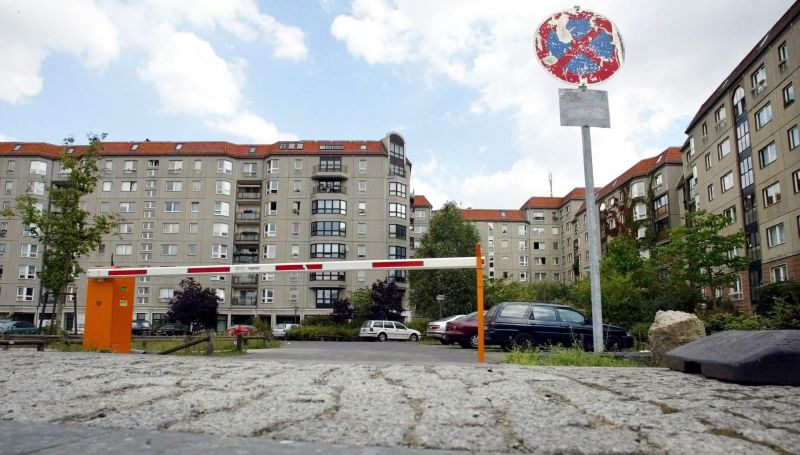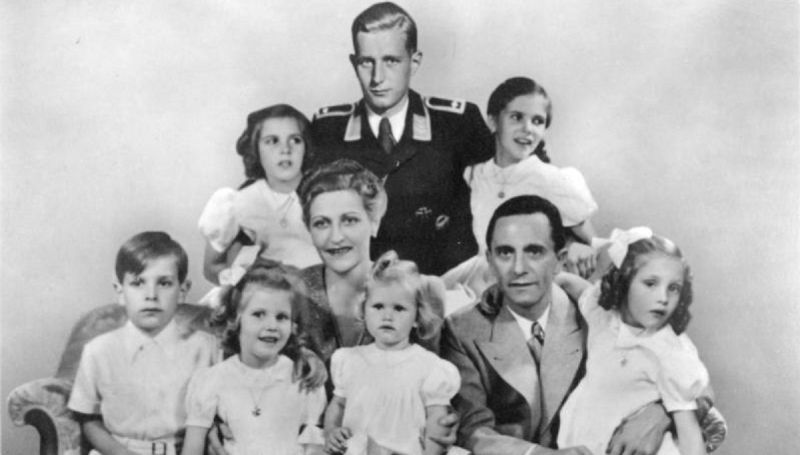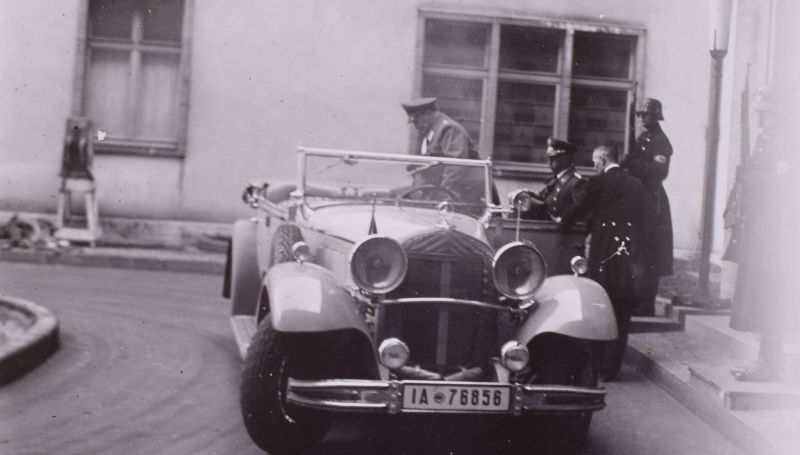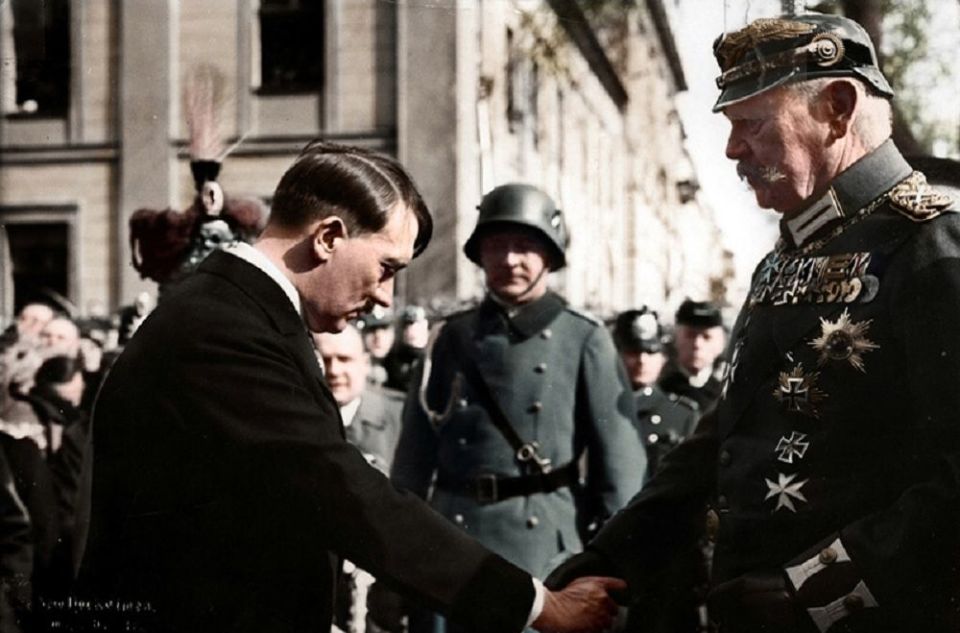Half a year after the Nazi leader’s death, quite a few were still hoping to see him on trial.
The London and Potsdam conferences saw the list of those charged in the Nuremberg trials completed and approved. The Soviet side convinced its partners to publish the list no later than 1 September. This was Stalin’s personal order. The Soviet leader feared that the Americans and British would attempt to save major Nazi figures after having taken it out on minor ones.
On 2 May, two days after Adolf Hitler’s death, an issue of the American Army newspaper “Stars and Stripes” came out featuring a big-lettered headline on the front page: “Hitler is Dead!” The Soviet counterintelligence agency SMERSH discovered his corpse only on 5 May.

However, a few people from the Fuehrer’s inner circle promptly learnt about his suicide. At least Goebbels, who Hitler had appointed to be Reich Chancellor several hours prior to his death, did for sure, and even spoke about his intention to follow in Hitler’s footsteps. On 1 May, former Minister of Propaganda Goebbels, a father of six, poisoned himself and his whole family to death.

A wave of suicides among the Nazi establishment ruined the Allies’ plans: they were to be convicted and executed upon receiving a verdict of the court. Yet on 23 May, another “loss” came along: poison was taken by Heinrich Himmler, who was responsible for the Holocaust as well as military and police atrocities.
Thus, on 8 August at a conference in London when the sides had arrived at a final list of those who would stand trial in Nuremberg, neither Hitler, nor Goebbels, nor Himmler was on it. The death of each of them was considered confirmed, although rumours about Hitler having possibly fled or hidden with the help of an Allied country’s intelligence services still existed and at times ended up in official documents. For instance, the British blueprint for the criminal indictments for the Nuremberg trials, which was compiled in September, included Adolf Hitler.
It’s not surprising that just before and even at the beginning of the Nuremberg trials, the public was still not sure whether they would see Hitler among those indicted.
Joseph Hoffman, the bodyguard of Soviet Attorney General Roman Rudenko, recounted:
“I dared to ask Roman Andreevich: ‘Rumours have it that Hitler is alive and hiding somewhere in Tibet’. I cannot recall his exact words, but will convey the message accurately”.
“The Soviet government has solid evidence that Hitler poisoned himself. His corpse was identified. All the talk about him being alive is nothing else but political speculation”, Hoffman cited Rudenko as saying.
“(…) I’d like to draw your attention to the fact that Rudenko did not say ‘committed suicide’, but ‘poisoned himself’. And he would know this for sure”, Hoffman shared.
The distrust was further fuelled by the rather strange policy of the Americans with regard to the arrested criminals, to Hermann Goering in particular.

On the morning of 9 May, the commanders of the 36th Infantry Division of the US’ Seventh Army received a message from German Colonel Walther von Brauchitsch. The latter said that his boss - Reichsmarschall and Commander-in-Chief of the Third Reich’s air forces Hermann Wilhelm Goering - would readily throw himself at the mercy of the conqueror. The offer was immediately accepted.
Goering was transported to a secret camp called Ashcan on the territory of Luxembourg. Any association of this with the Nazi concentration camps is in this case not applicable. It was more like a village. Goering settled down in a comfortable mansion, where, upon his request, his family and all his household personnel were soon also brought.

All of his personal belongings were also brought by 17 trucks. The American military men turned out to be so kind that they even cured the prisoner of his drug addiction.
American Brigadier General Robert J. Stack eagerly exchanged handshakes with his colleague. Goering was not alone in this “camp”: all in all, 86 high-profile Third Reich figures resided in Ashcan.
The Nazis did their best to be imprisoned by none other than the Americans. Prisoners were allowed to live large, pose for pictures in their uniforms with their decorations, and give interviews left and right.

The information about such great patience towards Third Reich VIPs ended up in the press, sparking a scandal.
On 16 May, The New York Times wrote:
“The overly warm reception of Goering by the Americans who captured him created an unpleasant impression…There are people who are apparently aiming for the rehabilitation of German generals and admirals who violated all the agreements with which civilised society tried to put an end to the horrors of war”.
Congressman Daniel Flood took the floor in the US House of Representatives, expressing his fury over Goering being treated like an honourable prisoner of war. The politician demanded “on behalf of the dead and starved to death” that he be handed over to a military court.
Having failed to see Hitler and other high-profile suicides in hall N 600 of the Nuremberg court palace, the public didn’t really miss much. Something, perhaps much more spectacular than the criminal trial of international culprits, was still ahead. The ideology as criminal thought. The state as a criminal weapon. Its servants as a criminal community.
by Yulia Ignatieva
























